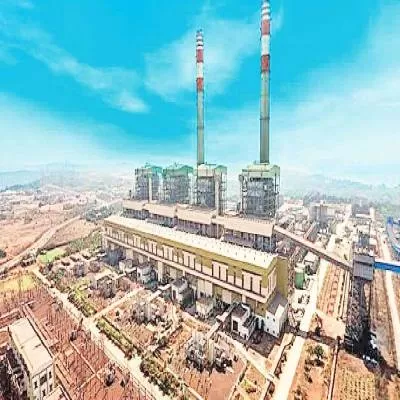

JSW Energy PSP Two Limited, a subsidiary of JSW Energy, has finalized an Energy Storage Facility Agreement (ESFA) with Maharashtra State Electricity Distribution Company Ltd (MSEDCL) for a substantial 1,500 MW/12,000 MWh pumped hydro energy storage project. This agreement follows a letter of intent issued on October 1, 2024.
Under the 40-year agreement, JSW Energy will receive a fixed capacity charge of ?84.66 lakhs per MW annually. The Bhavali Pumped Hydro Project, situated in the Nashik and Thane districts of Maharashtra, will feature an 8-hour discharge capability with a maximum of 5 continuous hours of discharge. The project is expected to be commissioned within the next 48 months.
This initiative will generate direct employment for approximately 3,000 individuals and contribute to local infrastructure improvements, including roads, irrigation, sanitation, and educational facilities as part of the company’s Corporate Environmental Responsibility initiatives.
According to India’s National Electricity Plan, the nation’s hydro pumped storage capacity is projected to reach 27 GW by FY2032, with battery energy storage anticipated to reach 47 GW. JSW Energy’s pumped hydro project will be instrumental in achieving these targets.
Sharad Mahendra, Joint Managing Director and CEO of JSW Energy, expressed excitement about this milestone, stating, “Signing our first energy storage facility agreement for a pumped hydro storage plant marks a significant step in our journey toward becoming an energy products and services company. This project will enhance grid stability and contribute to local area development through advanced energy storage solutions.”
JSW Energy aims to achieve 40 GWh of energy storage capacity by 2030, with 16.2 GWh already secured. The company currently has a total generation capacity of 18.2 GW, which includes 7.7 GW of operational capacity and a renewable energy pipeline of 8.3 GW. JSW Energy is targeting a total generation capacity of 20 GW by 2030 and has set an ambitious goal of becoming carbon neutral by 2050.